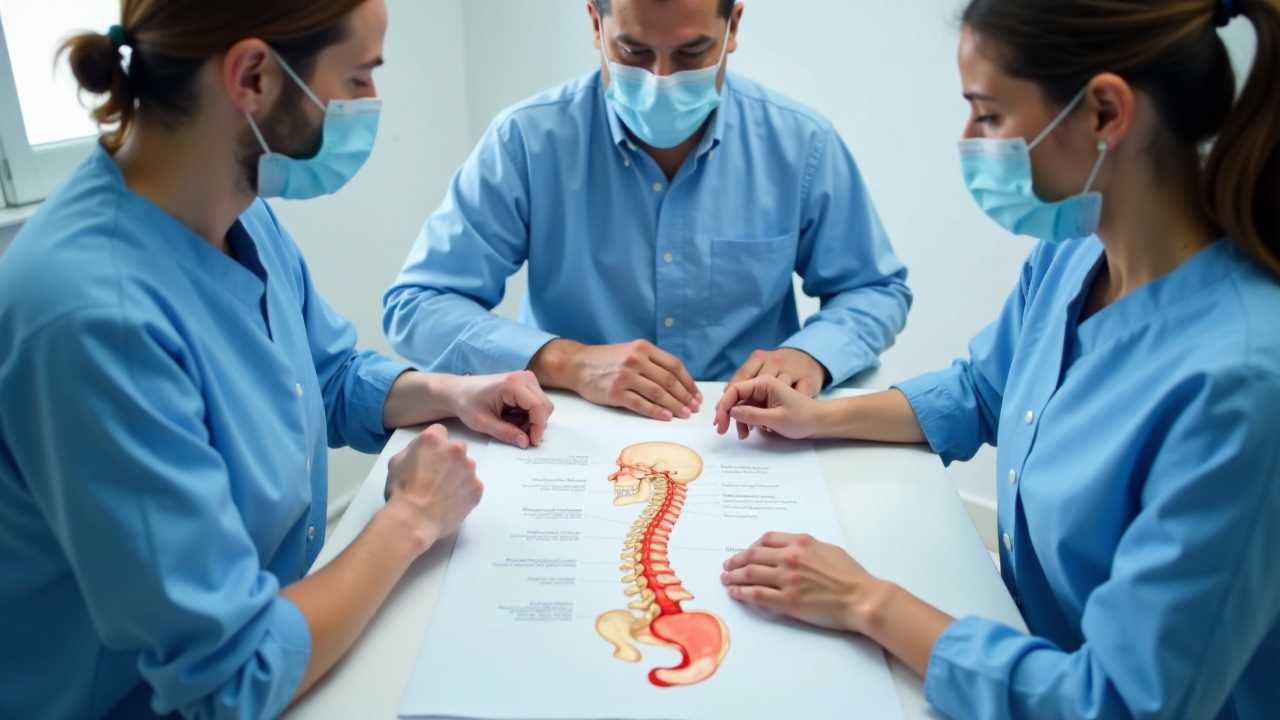
Understanding Spinal Fusion Recovery
Spinal fusion is a surgical procedure designed to join two or more vertebrae in the spine, providing stability and reducing pain. The recovery process following spinal fusion is critical for achieving optimal surgical outcomes. It involves several phases, including post-operative care, physical therapy, and ongoing pain management. Understanding these components will help patients navigate their recovery journey effectively.
The Importance of Post-Operative Care
Effective post-operative care is vital for a successful recovery. Immediately after surgery, patients are monitored for any complications. This phase typically includes:
- Pain Management: Managing pain effectively is essential for comfort and mobility. Healthcare providers often prescribe medications to alleviate discomfort. Patients should communicate openly about their pain levels to adjust medication as needed.
- Wound Care: Proper care of the surgical site is crucial to prevent infection. Patients should follow their surgeon's instructions regarding cleaning and dressing changes.
- Activity Restrictions: Patients are usually advised to limit activities for a certain period. This may include avoiding heavy lifting, twisting motions, or prolonged sitting. Adhering to these restrictions is essential for protecting the surgical site and promoting healing.
Orthopedic Rehabilitation: A Key Component
Orthopedic rehabilitation plays a significant role in spinal fusion recovery. This process typically begins shortly after surgery and focuses on restoring function and mobility. Key aspects include:
- Physical Therapy: Engaging in a structured physical therapy program is crucial. A physical therapist will design a personalized rehabilitation plan that includes exercises to improve strength, flexibility, and range of motion. These exercises are tailored to the patient's specific needs and progress is closely monitored.
- Mobility Restoration: The goal of rehabilitation is to restore mobility. Patients may start with gentle movements and gradually progress to more challenging exercises. This approach helps to rebuild strength and confidence in movement.
- Education and Support: Patients receive education on proper body mechanics and techniques to avoid strain on the spine. Support groups or counseling may also be beneficial, providing emotional support during recovery.
Effective Pain Management Strategies
Managing pain effectively is a cornerstone of spinal fusion recovery. A multi-faceted approach is often employed, which may include:
- Medications: Patients are typically prescribed a combination of medications, including opioids for severe pain and non-steroidal anti-inflammatory drugs (NSAIDs) for inflammation and discomfort. It's important to use these medications as directed and discuss any concerns with healthcare providers.
- Alternative Therapies: Some patients find relief through alternative therapies such as acupuncture, chiropractic care, or massage therapy. These methods can complement traditional pain management strategies.
- Mind-Body Techniques: Techniques such as mindfulness, meditation, and deep breathing exercises can help manage pain and reduce anxiety. These practices promote relaxation and can enhance overall well-being during recovery.
Monitoring Surgical Outcomes
Monitoring surgical outcomes is essential to ensure that the recovery process is on track. Regular follow-up appointments with the surgeon allow for assessment of healing and adjustment of the rehabilitation plan as necessary. Key indicators of successful recovery include:
- Pain Levels: A gradual decrease in pain levels is expected. Patients should communicate any persistent or worsening pain to their healthcare team.
- Mobility Improvements: Progress in mobility and function is a positive sign. Patients should be able to perform daily activities with increasing ease.
- Radiological Assessments: Follow-up imaging studies may be conducted to evaluate the fusion process and overall spinal alignment. These assessments help determine if the surgical goals are being met.
Long-Term Considerations for Spinal Fusion Recovery
Recovery from spinal fusion is not just about the immediate post-operative period; it extends into long-term health and wellness. Patients should consider the following:
- Lifestyle Modifications: Adopting a healthy lifestyle can significantly impact recovery and overall spinal health. This includes maintaining a balanced diet, engaging in regular low-impact exercise, and avoiding activities that may strain the back.
- Ongoing Physical Activity: Continuing with physical therapy or exercise programs after the initial recovery phase can help maintain strength and flexibility. Activities such as swimming, walking, or yoga can be beneficial.
- Regular Check-Ups: Ongoing medical evaluations are essential to monitor spinal health and address any emerging issues. Patients should remain proactive in their healthcare management.
Mastering spinal fusion recovery requires a comprehensive understanding of the various components involved, including orthopedic rehabilitation, post-operative care, pain management, and mobility restoration. By actively participating in their recovery process and adhering to medical advice, patients can achieve optimal outcomes and improve their quality of life. Embracing this journey with commitment and support will pave the way for a successful recovery and a return to daily activities.
 Mobility trainingHome Fitness RecoverySports Injury PreventionPersonal Physical TherapyOrthopedic SolutionsPrivacy PolicyTerms And Conditions
Mobility trainingHome Fitness RecoverySports Injury PreventionPersonal Physical TherapyOrthopedic SolutionsPrivacy PolicyTerms And Conditions
